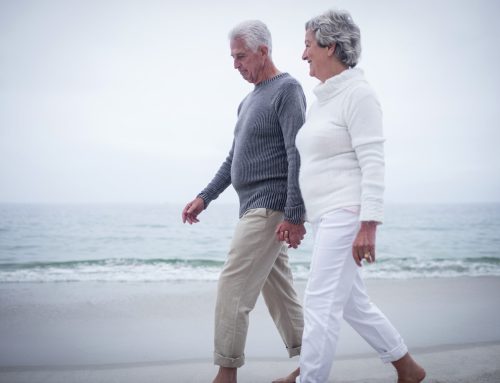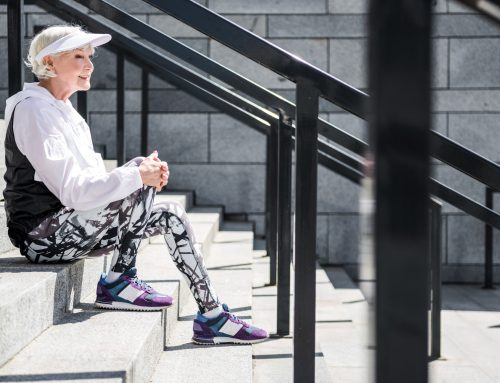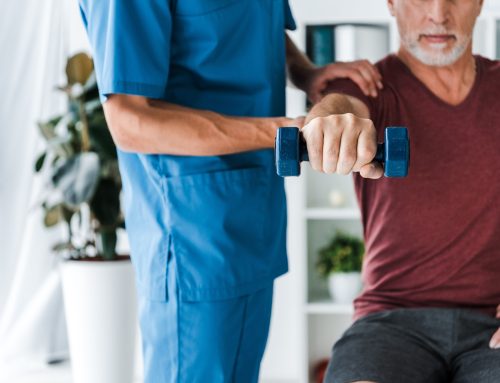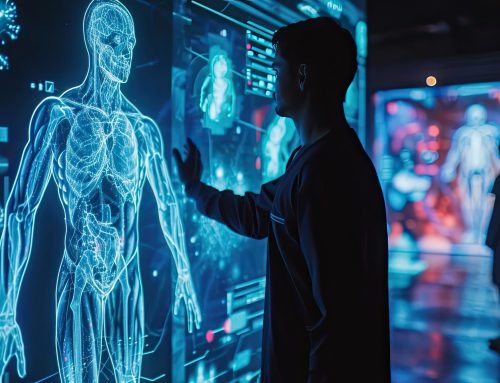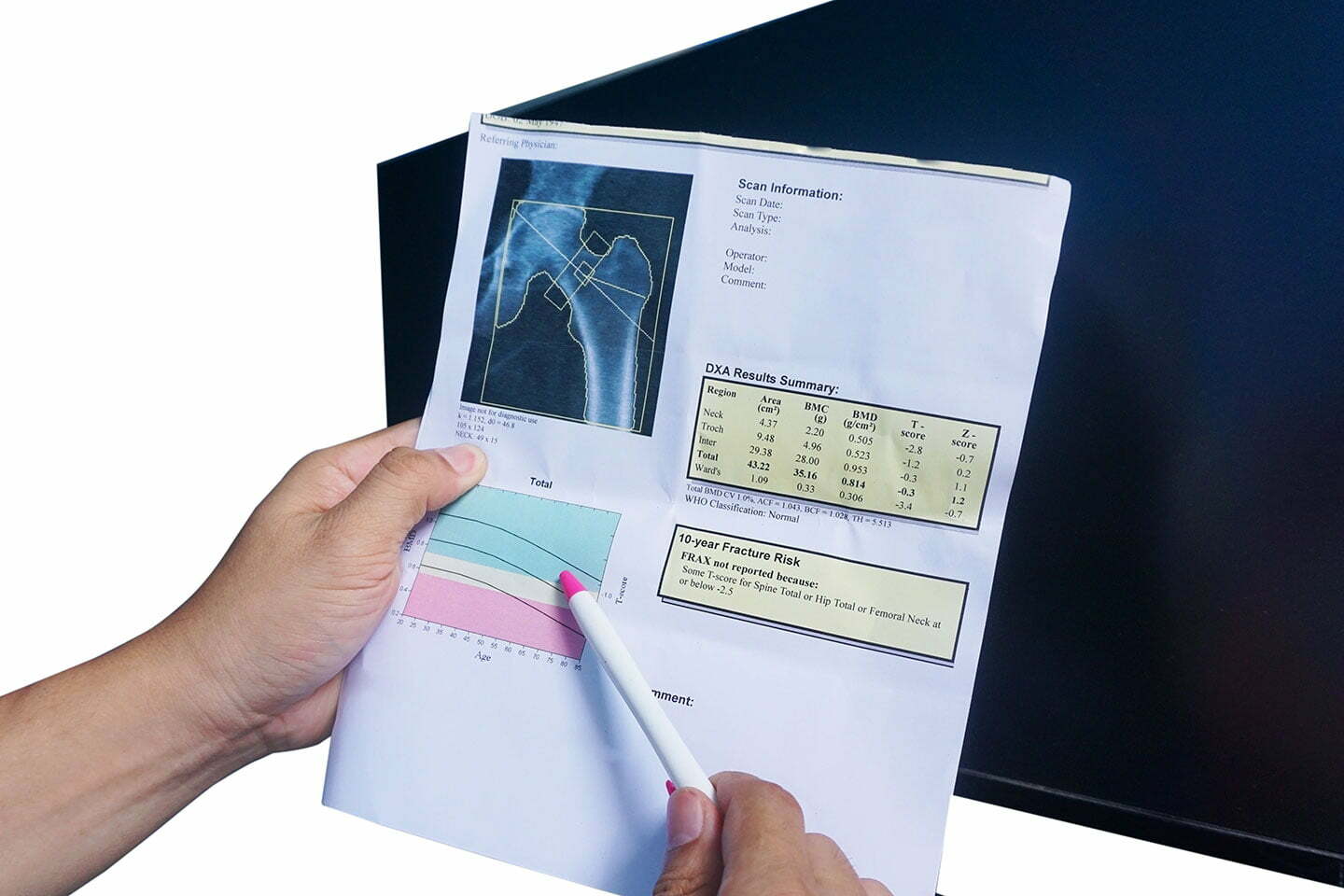
Healthy, strong bones protect you from immobility due to unexpected fractures. Breaking your wrist after a tumble down the slopes is one thing. Experiencing a fracture after an everyday activity or bumping into something is a red flag for osteoporosis. As bones deteriorate naturally during the aging process, it’s recommended to get a bone density test to compare your T-score and Z-score. These numbers will indicate whether you’re at risk for thinning bones and if you should be considering treatment.
Read on to learn more about what to expect during a bone density test and what these scores mean for your health.
What Is a Bone Density Test?
Your bones have teeny tiny holes throughout, similar to the structure of a honeycomb. As you age, these holes naturally get more prominent. The bigger the holes, the weaker and more brittle they become.
There isn’t a cause for concern unless you’ve lost 25% or more of your bone density compared to that of an average 30-year-old. But how do you know if you’ve lost too much bone? This is where the bone density test, T-scores, and Z-scores come in.
What is a T score?
If you experience a bone density test, your results will be measured in T-scores and Z-scores. A T-score is more important for measuring your bone health compared to an average 30-year-old.
The reason you’re being measured against an average 30-year-old’s score is that this is when your bones are at their peak mass. The measurement is known as SD for standard deviation. If you have the same bone density as an average 30-year-old, your T-score will reflect 0.
A T-score that is just one standard deviation away from 0 equals a 10-12% difference. If you’re +1, that means your bone density is 10-12% stronger than the average. If you’re -1, you’re 10-12% weaker.
Osteoporosis is defined as anyone who has a T-score of -2.5 (aka -25%) or more.
What is a Z score?
Your Z score tells you what your bone density is compared to the average results of the same age and gender. If you’re a 65-year-old woman, your T-score will tell you how your bone density test compares to that of a 30-year-old. Your Z score will indicate how your bone density measures against another 65-year-old woman.
A Z-score is a helpful indicator for children, young adults, or pre-menopausal women because it can give your doctor a clue that there might be some underlying medical conditions or you’re having a side effect from your medications.
Osteoporosis is typically a disease that naturally occurs due to aging, genetics, or lifestyle habits that affect your bone density. However, secondary osteoporosis can be found and is sometimes reversible. It can often stem from things such as:
- Inflammatory conditions
- Low production of reproductive hormones
- Malabsorption
- Blood conditions
- Endocrine conditions
- Abnormal bone structure
- Kidney disease/transplant
- Liver disease
- Vitamin D deficiency
A Z-score is not particularly helpful in men over 50 or postmenopausal women because that age group can often have lower scores, to begin with. Your doctor will likely examine your T-score before taking the Z-score into consideration.
What To Expect For Your Bone Density Test
Bone scans are typically done through a DEXA can. DEXA stands for dual-energy X-ray absorptiometry. Think of it like an X-ray your dentist takes for your teeth, but with a lot less radiation - around 1/10th that’s used for a chest X-ray.
The scanner will check your hip and sometimes the spine as well. While there are other methods, such as a QCT scan or ultrasound, DEXA is the standard to start with.
You don’t need to do much to prepare for this test. If you’re taking calcium supplements, your doctor may recommend you stop taking them 24-48 hours before the test. Just like you would for an X-ray, you should avoid wearing jewelry or clothes with metal buttons, zippers, or buckles.
The scan itself is quick, painless, and straightforward. You’ll simply lie on your back and wait for the scan to pass over your hips and spine. The only thing you have to do is lie still during the process.
If you don’t make time for your health, you could be faced with more time treating preventative problems. With mobility issues, busy schedules, and a lack of proper diet and exercise, we’re seeing over 2.3 million Canadians living with osteoporosis. While many cases can be linked to genetics, you can take charge of your health by strengthening your bones. With NASA-inspired technology, it’s easy to do this at home in just 10 minutes a day.
By standing on the Marodyne Low-Intensity Vibration (LiV) device, you’ll be stimulating your bones and muscles to build strength, speed up bone growth, and promote blood circulation as well as lymphatic flow. Don’t let life get in the way of your health - contact us to find out if this device can help you thrive with healthy bones for life.
Have you ever had a bone density test? What surprised you about the way bone density is measured? Share your thoughts with our readers in the comments below.
